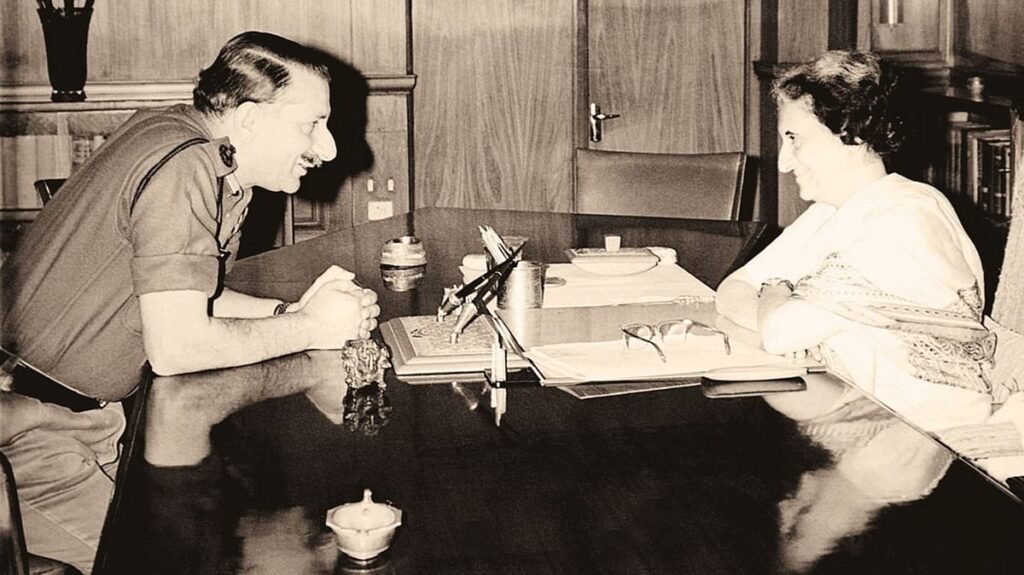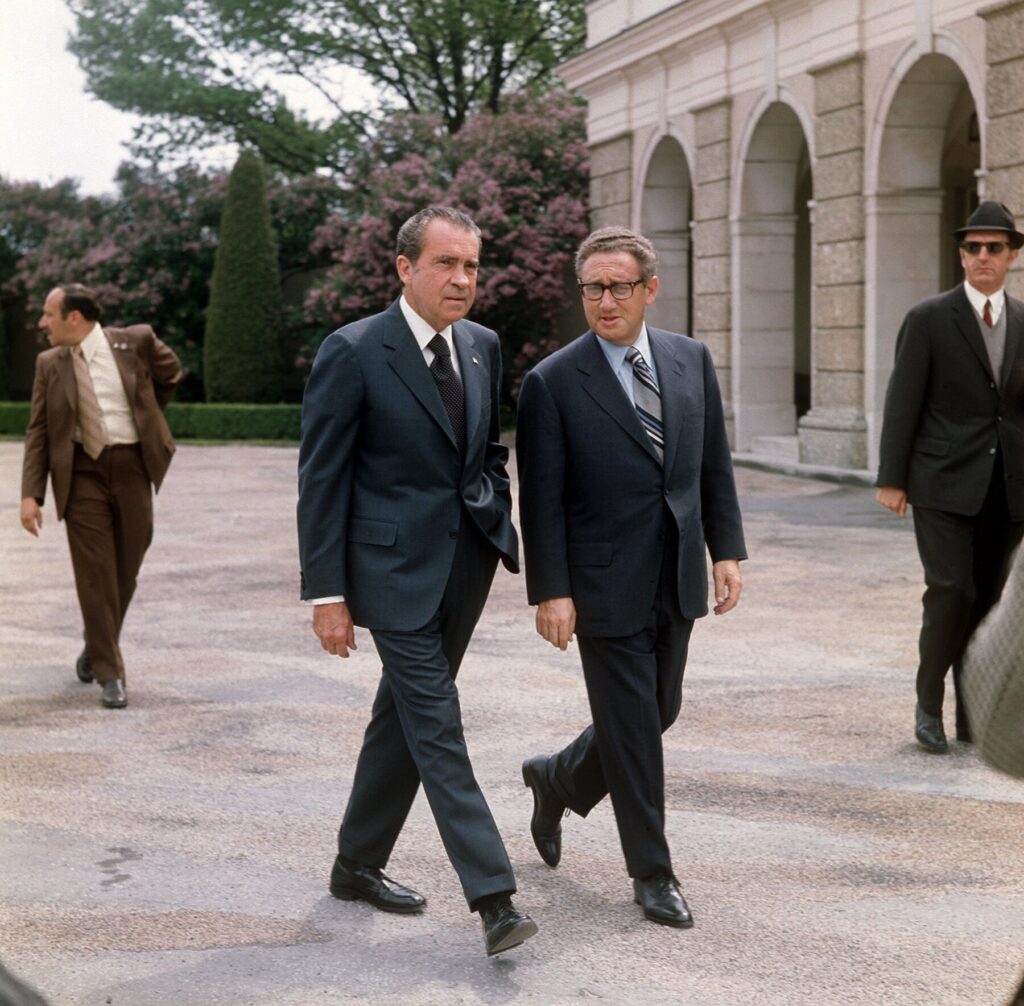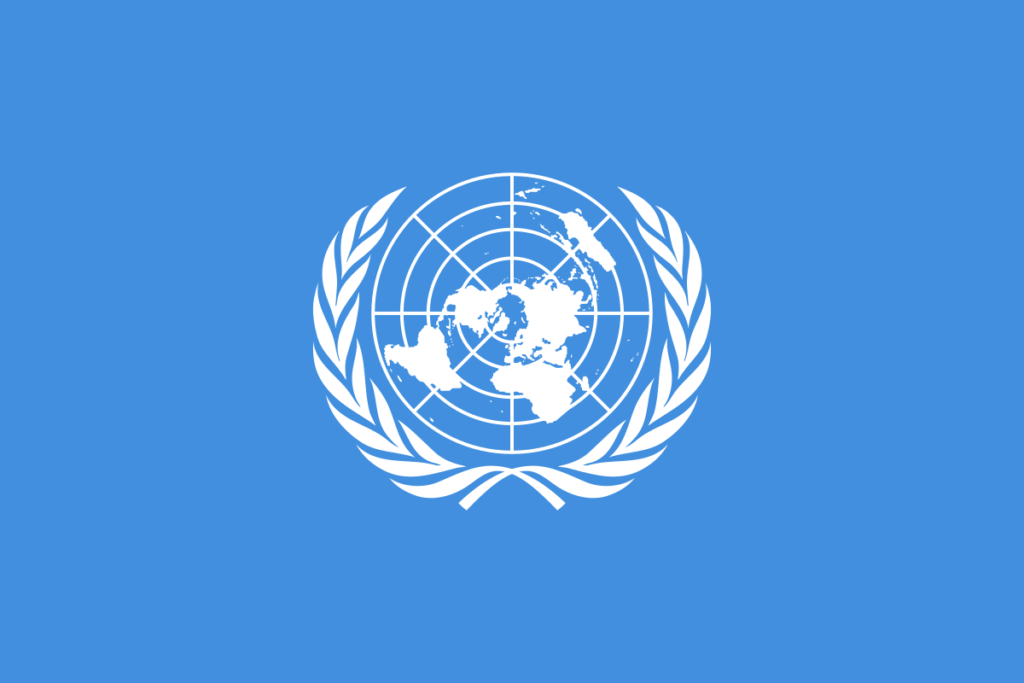India-Russia Relations: Reliable Partners

In December 1971, India and Pakistan fought a war for 13 days—probably the shortest war ever—over the emergency in East Pakistan, presently Bangladesh. India was trying to convince the world that West Pakistan’s oppression of East Pakistan was a crisis. Evacuees from East Pakistan were pouring in India.
The Soviet Union was the only nation that came forward. In August of that year, Indian Prime Minister Indira Gandhi marked the India-Soviet Treaty of Peace, Friendship, and Cooperation. Gandhi had held off on finishing the arrangement for homegrown political reasons. However, worldwide concerns were soon kicked in: With the marking of the deal, the Soviet Union gave India both the diplomatic and arms support which was required for the war which Gandhi knew was coming, helping India over Pakistan.

While the world in 2020 has transformed from that time, 1971 poses a great influence in the India-Russia relationship today. Moscow was a solid accomplice for New Delhi when nobody else was. Furthermore, the United States, then, effectively overlooked India’s complications to manage the circumstance in East Pakistan: President Richard Nixon and National Security Adviser Henry Kissinger thought about Pakistan as key go-between opening relations with China.

There are some who consider Moscow’s to be as meager in excess of an affectionate memory. While the Indian government keeps up that it must have great relations with both the United States and Russia, there are others in India today who demand its future is exclusively, possibly or principally, with the United States.
In any case, being agreeable with Washington doesn’t mean New Delhi can’t keep up significant ties with Moscow. The world has changed, however, India and Russia have discovered ways for their relationship to hold firm, standing consistent for one another now and again when the rest of the world wouldn’t, maintaining largely consistent foreign policies regardless of evolving administrations.
The Soviet Union, meanwhile, was exceeding expectations it was never meant to meet. At the point when India conducted its first atomic tests during the 1970s, it made tensions with the United States; while Washington disapproved New Delhi’s attempt to secure atomic weapons
The Soviet Union was less vocal with regard to India’s atomic program but two chapters of the second volume of The Mitrokhin Archive, a look at the KGB files and plans from Soviet times, shows that the Soviets privately tried to persuade India not to go ahead with nuclear weapons.
Antiquarians depict India as having been “dependent” on the Soviet protection apparatus during the 1970s and 1980s. Also, the dependence came at little cost: The soviet apparatus was frequently purchased on credits.
There was also the reality that India mattered quite a lot to the Soviet Union, which considered it more reliable than the United States did. While there may have been minutes where the United States chose to focus on India, they were irregular and need-based; the Soviet Union’s center was sustainable.
“Since the 1950s, the Russian stance on Kashmir has been the key,” said Phunchok Stobdan, When China or the United States may have reproached India over Kashmir at the United Nations, the Soviet Union (and now Russia) could utilize its veto to ensure India its support. Furthermore, it did. In 1957, 1962, and 1971, the Soviet Union was the main nation to veto goals looking for U.N. mediation over Kashmir; in the mid-year of 2019, when India revoked Kashmir’s uncommon status and dove the state into lockdown and a data power outage, Russia was the first to portray it as an inner issue.

During the 1990s, the story goes, times changed. The Soviet Union disintegrated, and the Russian Federation was more intrigued, to build special ties with Delhi. while India was trying to introduce some major monetary changes and opening up its economy and was looking to the United States once more.
There was obviously another reality that couldn’t be limited, In 1998 India led the second round of atomic tests. That year, after the tests, relations among India and the United States cooled yet again. Russia, by correlation, acknowledged what direction the breeze was blowing and, with it, the possibility of an atomic India.
It was Russian President Vladimir Putin who, by all accounts, made clear to Delhi that the road to India being accepted as a nuclear power ran through Washington. In 2006, U.S. President George W. Bush and then Indian Prime Minister Manmohan Singh did indeed completed civil nuclear deal, a significant achievement in the U.S.- Indian relations.
Yet, the genuine recipient of that bargain, said Asoke Mukerji was Moscow and not Washington, Russia has worked with New Delhi on the development of atomic reactors and has plans to manufacture more.
Russia leases India its lone Nuclear Powered Submarine (INS CHAKRA) submarine as long as Russia is the only nation willing to do so and ready to give India crucial technology that goes into building its own line of Nuclear Powered submarines—the India-Russia relationship will proceed.

The year isn’t 1971. The relationship may not be as vigorous as it used to be or as all-expending as it used to be But the remainder of the world isn’t in 1971, either. There’s the United States under Trump and an inexorably forceful China And neither India nor Russia needs to be 1971 to stay to one another now what they were at that point: of reliably interesting use.





